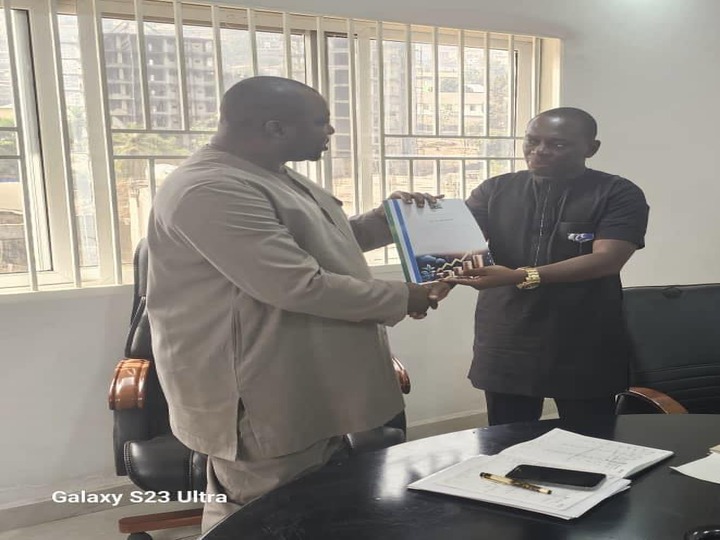- Need Help?
- Call Us : +23273952144
WHAT ARE PPPS?
The term “public-private partnership” (“PPP”) has been in general use since the 1990s. However, there is no widely agreed, single definition or model of a PPP. The term “PPP” covers a range of different structures where the private sector delivers a public project or service for the good of all. A Public-Private Partnership (PPP) in actual terms refers to a contractual arrangement, mostly long-term, between a public sector entity (ministry, department, agency or local council) known as the “Contracting Authority” and a private sector entity, known as “Private Partner” in which the Private Partner assumes responsibility for the delivery of a public service. It involves the sharing of risks and represents a co-operation between the public and private sectors, drawing on the relative strengths of each party, in order to establish a complimentary relationship between them.
ADVANTAGES PPPS PROVIDE
Governments worldwide have increasingly turned to the private sector to provide infrastructure services in energy and power, communication, transport and water sectors that were once delivered by the public sector. There are several reasons for the growing collaboration with the private sector in developing and providing infrastructure services, which include:
FUNCTIONS
Often, lack of government funding has been the main reason for considering a PPP option for a project. However, lack of government funding may not be the main reason for deciding a PPP option for the implementation of a project. There are additional costs for PPP projects – usually the cost of borrowing money is higher for the private sector than for the public sector and there are administrative costs for the management of PPP contractual regimes. Transaction costs of PPP projects can also be substantial. PPP projects may also impose many explicit and implicit liabilities on the government.
A project may not be considered for being implemented as a PPP project unless efficiency gains from improved project delivery, operation and management, and access to advanced technology can offset the above-mentioned additional costs. In fact, many countries have established value for money as the main criterion in judging the merits of a PPP option for a project.
PPPs have become attractive to governments as an off-budget mechanism for infrastructure and social development as:
The key drivers that motivate governments to enter into PPP arrangements include:
Major categories of PPPs in Sierra Leone include:
It is further sub-categorized into:
Privatization and PPPs are both forms of private sector participation in infrastructure service delivery. However, in PPPs, the public sector retains underlying ownership of the asset and accountability for service delivery while physical asset provision and service delivery is provided by the private sector in line with the PPP contract agreement. Risks and rewards in PPP are shared in line with the PPP contract between the public and private sectors.
Privatization refers to the partial or full divestiture of government ownership of an asset, after which asset maintenance and service is determined and provided by the new private owners. No risks and rewards are shared between the public and private sectors in privatization. The new private owners bear all risks and rewards conferred by their full or partial ownership of the asset.
The National Investment Board (NIB) was established by an Act of Parliament in July 2022 to promote investment opportunities, to act as a facilitating body and assist investors to obtain facilities relating to their business enterprises, and generally to improve the investment climate of Sierra Leone.
